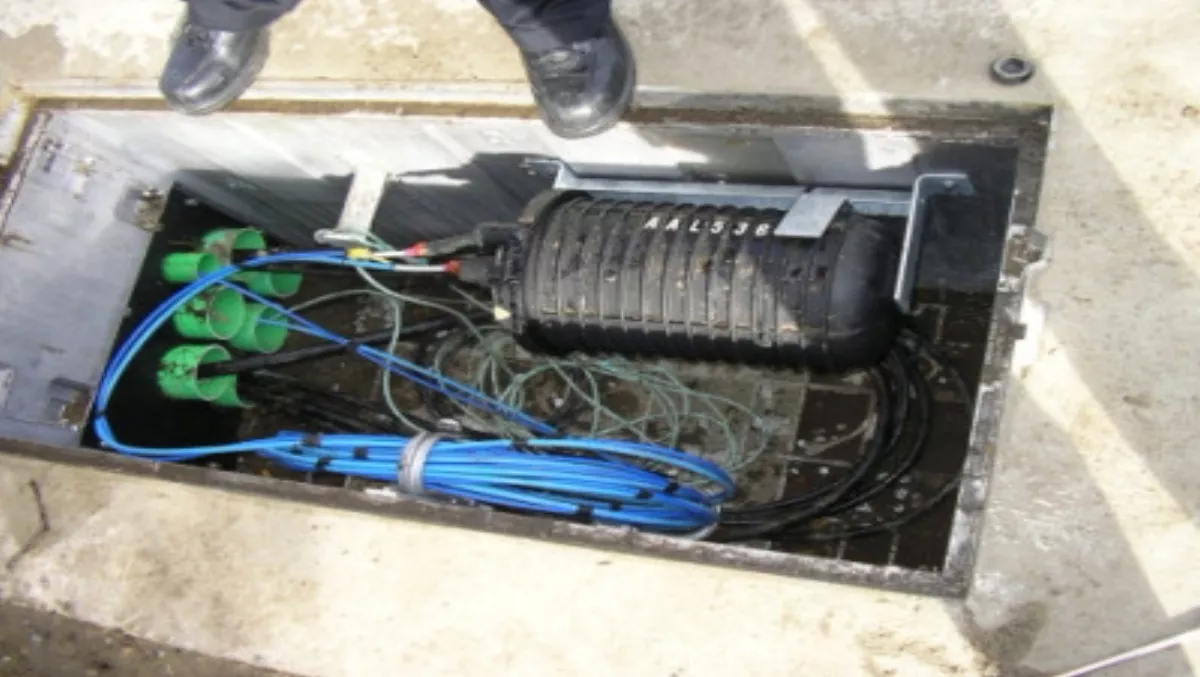
Will Chorus open its ducts?
Whether Telecom will allow its extensive network of underground ducting to be open to competitors is shaping up to be a key factor in the success of the government’s Ultra Fast Broadband rollout.The most expensive aspect of a new fibre network is generally considered to be digging the holes in the ground. So the ability to use existing ducts could substantially reduced the costs, some have suggested by as much as 20%. In its initial submission to the MED’s discussion paper Facilitating the Deployment of Broadband Infrastructure, Chorus is cautious about infrastructure sharing.“Chorus is willing to explore the potential to offer access to our duct support structures. There are some real physical constraints that make duct access difficult, which will require significant consideration, such as understanding available capacity, safety issues, and network and operational security concerns,” the submission reads.“Again, duct access will be subject to the Undertakings. We don’t want to set unrealistic expectations; it will take time to explore the possibility of developing duct access as a product, which is a non-trivial exercise.”In it’s a cross submission, Chorus appears to dig its toes in on whether it should be required to share.“The Commerce Commission’s recent decision on the meaning of “non-discrimination” in the context of Telecom Wholesale’s loyalty offers does make the development of commercial offerings for pole and duct access somewhat more challenging, but we’re confident that if there is sufficient interest, we can come up with a sensible commercial offering. We think that other utilities should be encouraged to provide duct access on similar commercial terms.”The alternative to using Chorus infrastructure is to string cables across existing power lines. This is largely opposed by councils, many of whom have spent years working with power companies to underground cables. Another suggestion is that new ducts are built using micro-trenching technology, but this is also opposed by many councils. As Local Government New Zealand writes in its submission:“There are very good reasons why councils are reluctant to simply open up their pavements to Local Fibre Cos wanting to save costs by micro-trenching or shallow trenching. Both of these methods have the potential to significantly increase pavement deterioration and create direct reinstatement costs. Such costs have to be met by ratepayers.”According to Venture Southland the obvious solution is to nationalise the Chorus network, or at the very least, its ducts: "The simple fact is that in towns like Invercargill, there is no shortage of existing ducts: it has been suggested that when one walks down any New Zealand main street, you walk on air, because of the density of ducts under the footpath installed by Chorus and their predecessors, and TelstraClear," the Venture Southland submission reads. "Essentially, by first-in laying cable and ducts, Chorus has privatised that space and appropriated public subsoil space. This was not seen as a problem while the NZPO network was publicly owned for the public good, but that is quite a different matter today and may be seen as a barrier to entry.”The MED received over 50 submissions and cross submissions to its discussion paper.

